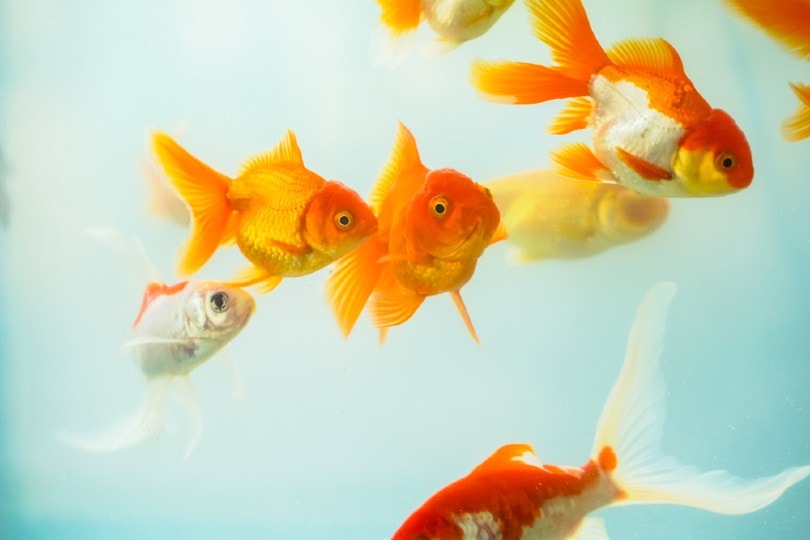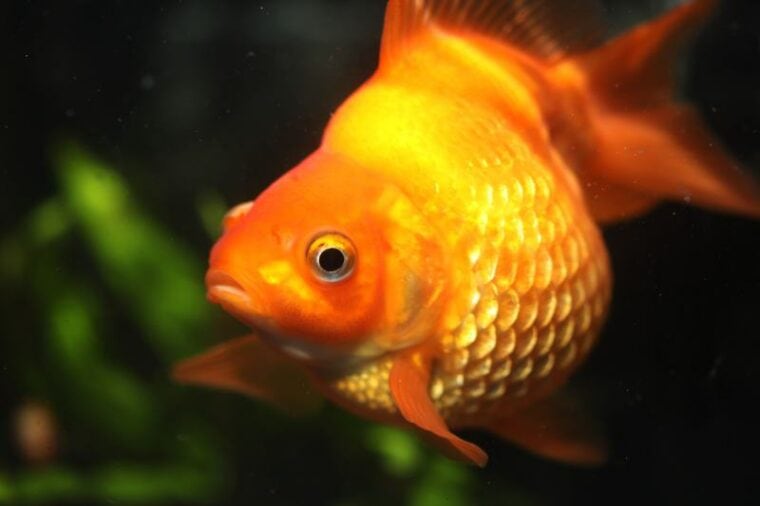
Have you posted in a forum asking for guidance on unusual signs your goldfish is exhibiting, only to be told it likely has dropsy? Are you unsure what dropsy is or how you can care for a fish with dropsy? This collection of information examines what dropsy is and what you need to do if a fish in your tank develops it. Goldfish with dropsy usually do not do well, but there are some things you can do to give your goldfish a fighting chance.
What Is Dropsy?
Dropsy is often misunderstood because it isn’t actually a disease. Dropsy is a sign of a serious internal condition. Dropsy involves the build-up of fluid in the fish’s abdomen, which is usually an indicator of some type of organ failure. Dropsy signs may be the only signs that you see, or it may be accompanied by multiple other signs. When it comes to dropsy, don’t expect to see signs across all fish in the tank. Since dropsy can have many different causes, you may only have one fish with dropsy at a time.
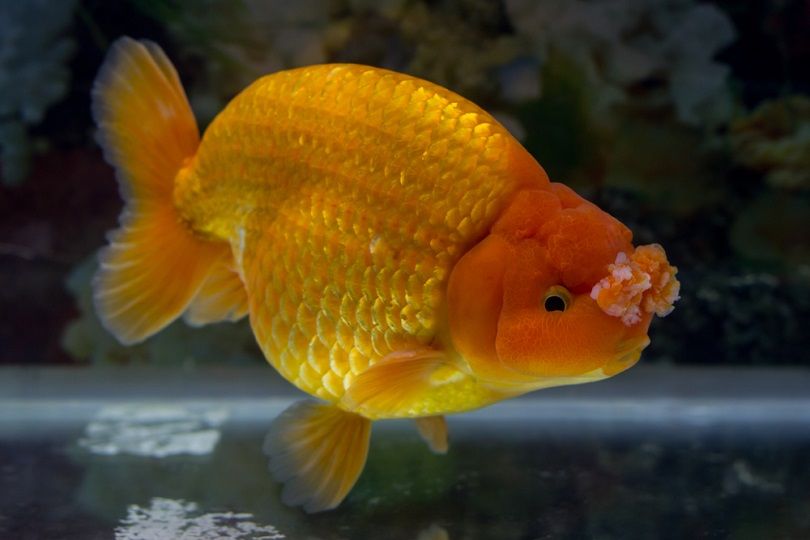
What Causes Dropsy?
Dropsy is an outdated medical term that is no longer used by any medical community except for the medical aquatics community. It is more commonly referred to as ascites, which is a collection of fluid within the abdomen. This collection of fluid is caused by the body no longer having the ability to retain fluids in the appropriate locations within the organs and vessels. With dropsy, this fluid accumulation is usually waste from the kidneys.
The most common cause of dropsy is a bacterial infection that is caused by the bacteria Aeromonas. Aeromonas is not an uncommon bacterium and is almost always present in aquariums. In fact, even though it’s routinely present, it’s unusual for it to infect fish that are healthy. Anything that causes a depression of the immune system can allow for this and other infections to take hold.
Poor water quality is the most common cause of illness in goldfish, and stress is another big cause. Ammonia and nitrite spikes, excessive nitrates, and sudden changes in water quality can depress your fish’s immune system. Other causes include environmental stressors, like bullying, poor nutrition, switching tanks, parasites, and illnesses like ich.
What Are the Signs of Dropsy?
The main sign of dropsy is notable abdominal swelling. This swelling usually creates a very bloated, rounded appearance in the abdomen. The swelling will become so severe that the scales of the fish will begin to splay outward. This is called “pineconeing”, due to the likeness between the appearance of the scales and a pinecone.
Abdominal redness may also be present with dropsy. However, this sign does not appear in the absence of abdominal swelling. Other signs may include pale gills, lethargy, fin clamping, and inappetence. These signs may or may not be directly related to the dropsy, since they can also accompany most other illnesses that could be causing the dropsy.
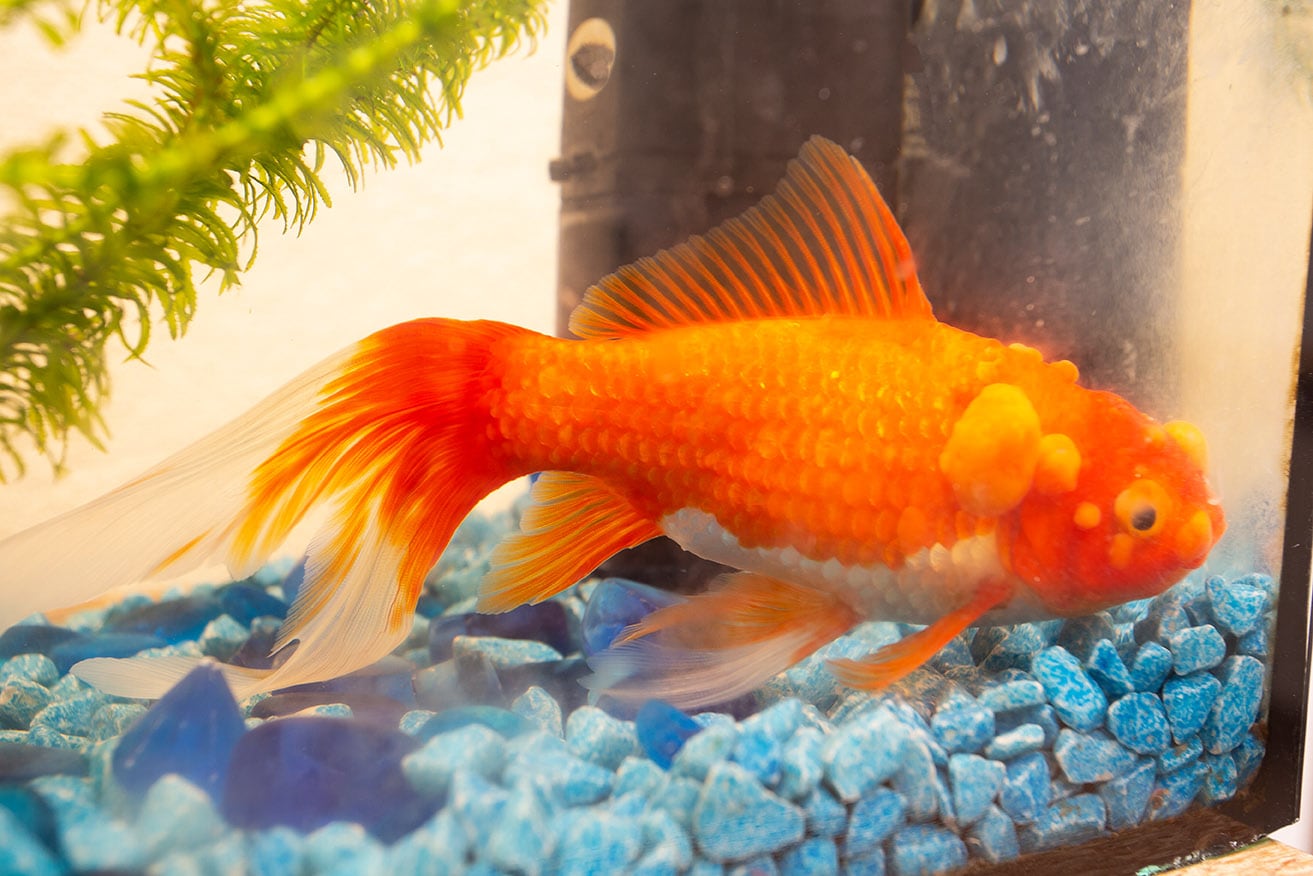
How Can I Treat Dropsy?
Since it’s difficult to determine what is causing your fish to have dropsy, you should play it safe by isolating your goldfish in a hospital tank if possible. This will allow you to focus treatments on the sick fish and protect your other fish from potentially getting sick. Your hospital tank should be as simple as possible. All you need is filtration and aeration. Additional items in the tank, like substrate and décor, can just serve to make it more difficult to effectively keep the hospital tank clean.
One of the most common treatments for dropsy is aquarium salt or plain Epsom salt. This can be added to the hospital tank or used as a bath. Feed your goldfish medicated food containing a broad-spectrum antibiotic, like kanamycin or minocycline. Treat with medicated food for 7-10 days as directed by the instructions on the medication. Be cautious if using medications and salts because some medications can interact with salts and should not be used together.
If you do not see improvements within 4-7 days, you may need to attempt a different treatment. Most medications should begin showing at least some small amount of improvement in less than a week. If the initial medication is ineffective, try a different medication. You can attempt either medication listed above, or you can try other broad-spectrum antibiotics like nitrofurazone, doxycycline, and amoxicillin.
Do not use two medications at the same time. This can stress your fish too much, leading to worsening illness or death. Once fish develop dropsy, they are already critically ill and may not survive the stress of treatment. Trying too many treatments at the same time can be too hard on their sensitive system.
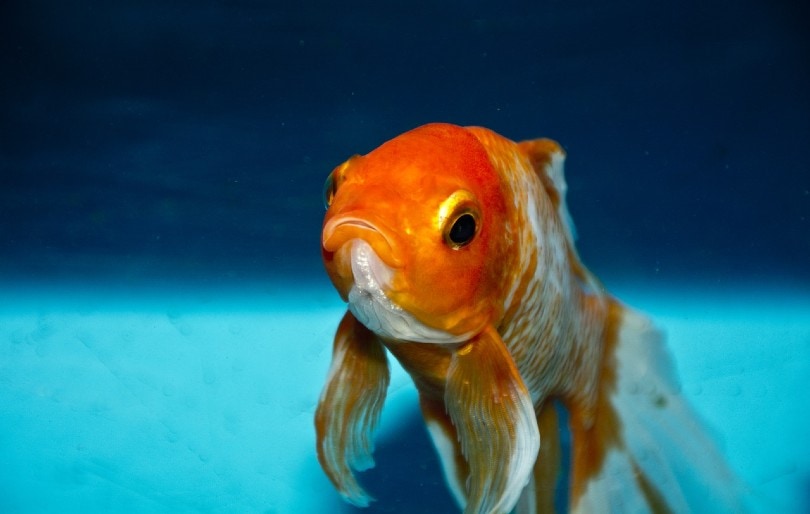
If your fish isn't behaving or looking as it normally does and you suspect it may be sick, ensure you provide the right treatment, by checking out the best-selling and comprehensive book The Truth About Goldfish on Amazon today.
It has entire chapters dedicated to in-depth diagnoses, treatment options, a treatment index, and a list of everything in our fishkeeping medicine cabinet, natural and commercial (and more!).
What Is the Prognosis for a Goldfish with Dropsy?
The prognosis for a goldfish with dropsy is poor. Dropsy is a late-term sign of advanced illness, so your goldfish may already be extremely ill before you know they are sick. Once dropsy has set in, the mortality rate is exceedingly high. Sometimes, there isn’t anything you can do for your fish.
Euthanizing your fish is an option if they have developed dropsy. This can be done by putting them in a small container and adding a few drops of clove oil. This is a gentle sedative for fish and will not cause them pain. Clove oil may or may not cause your fish to pass, so some people allow the fish to fall asleep, and then move the entire container into a freezer. This helps ensure the fish is deceased and does not suffer.
What About My Other Fish?
If one of your fish has developed dropsy, they should be isolated away from other fish to quash any spread of illness if possible. Some illnesses are highly contagious, and since you may not know what caused your fish to develop dropsy in the first place, you won’t know for sure if any other fish are sick until signs develop. You can closely monitor the tank and treat additional fish as needed. If you feel the need to, you can treat your entire tank prophylactically to hopefully stop illnesses before they take hold.

How Can I Prevent Dropsy?
Some cases of dropsy are unavoidable, but your best preventive measure is maintaining good water quality and a low-stress environment for your fish. Routinely check water parameters to ensure your water quality is staying high. Provide them with high-quality, nutrient-dense food to maintain proper nutrition. Any steps you can take to keep your fish healthy and stress-free will help prevent illnesses that may cause dropsy.
Final Thoughts
Dropsy can be a difficult and frightening thing to deal with. It is not easy to treat, and it’s not unusual for euthanasia to be the kindest option for a fish with dropsy. Deterring illnesses that may cause dropsy is your best prevention. Keep your water quality high and your fish happy, healthy, and stress-free for your best chance at preventing dropsy. This will also give you the best chance at successfully treating dropsy if your fish develops it and you catch it quickly.
Featured Image Credit: M-Production, Shutterstock






